The Most Beautiful Places to Visit in Germany
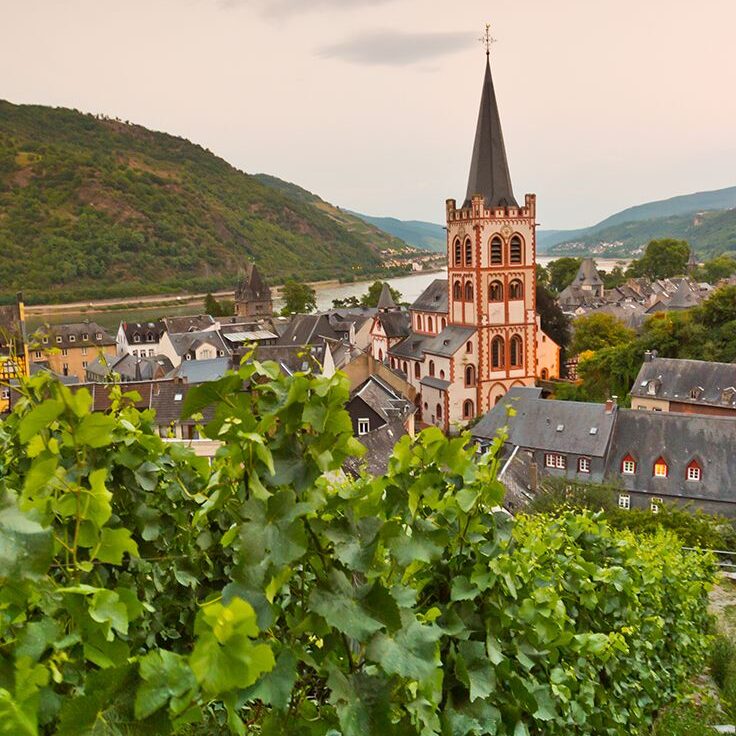
Germany, a country renowned for its rich history, diverse landscapes, and vibrant culture, is a treasure trove of breathtaking destinations. From fairy-tale castles nestled in the Alps to charming medieval villages and vibrant cities steeped in history, Germany offers unparalleled beauty for every traveler. This guide explores the most beautiful places to visit in Germany, focusing on what is the most beautiful place in Germany, most beautiful places in Germany to visit, most beautiful city in Germany, and most beautiful part of Germany.
Drawing on insights from sources like U.S. News Travel, Touropia, and Tripadvisor, this guide will help you plan a stunning German adventure, whether you’re seeking scenic landscapes, cultural immersion, or historic charm.
1. Why Germany’s Beauty Captivates Travelers
Germany’s allure lies in its ability to blend natural splendor with cultural richness. With over 25 UNESCO World Heritage Sites, dramatic landscapes ranging from the Bavarian Alps to the Baltic Sea, and cities that seamlessly merge history with modernity, Germany offers something for every traveler. Its efficient train system (Deutsche Bahn), vibrant festivals, and culinary delights like bratwurst, Black Forest cake, and regional beers enhance its appeal. Whether you’re exploring the most beautiful places in Germany to visit in spring’s bloom, summer’s warmth, or winter’s festive glow, Germany’s diverse destinations promise unforgettable experiences. This guide highlights the most beautiful city in Germany, the most beautiful part of Germany, and answers the question, what is the most beautiful place in Germany, to help you plan your journey.
2. The Most Beautiful Places to Visit in Germany
The following destinations are among the most beautiful places in Germany to visit, selected for their scenic splendor, cultural significance, and unique charm, based on travel insights and visitor reviews. Let’s explore the most beautiful places to visit in Germany
1. Neuschwanstein Castle: The Fairy-Tale Fortress
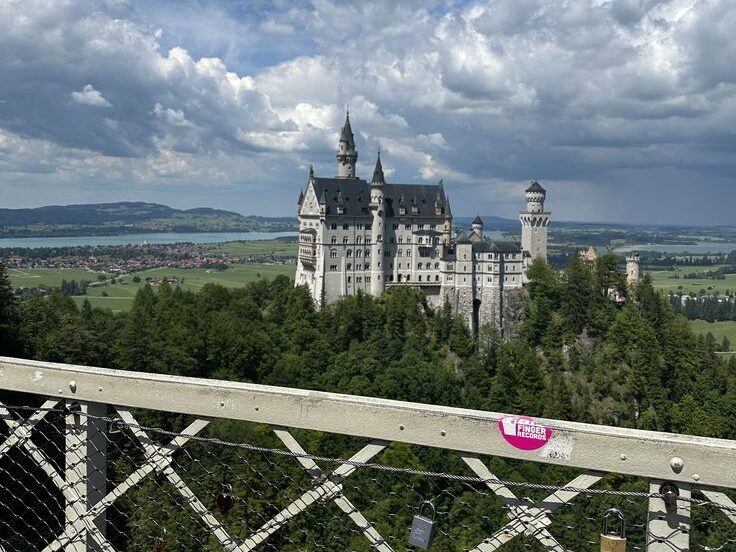
Location: Bavaria, near Füssen. Why Visit: Often cited as what is the most beautiful place in Germany, Neuschwanstein Castle is a 19th-century masterpiece inspired by Wagner’s operas and Disney’s Sleeping Beauty Castle. Nestled in the Bavarian Alps, its turrets and towers rise above lush forests and serene lakes. Highlights:
- Scenic Setting: Surrounded by the Alps, Lake Alpsee, and the Marienbrücke bridge for iconic views.
- Interior Splendor: Guided tours reveal opulent rooms like the Throne Hall and Singers’ Hall.
- Nearby Attractions: Explore Hohenschwangau Castle and the charming town of Füssen.
- Activities: Castle tours, hiking, photography, and winter skiing nearby.
- Cost: Castle ticket: $20; daily budget: $80-$140; accommodation: $50-$110/night.
2. Rothenburg ob der Tauber: Medieval Magic
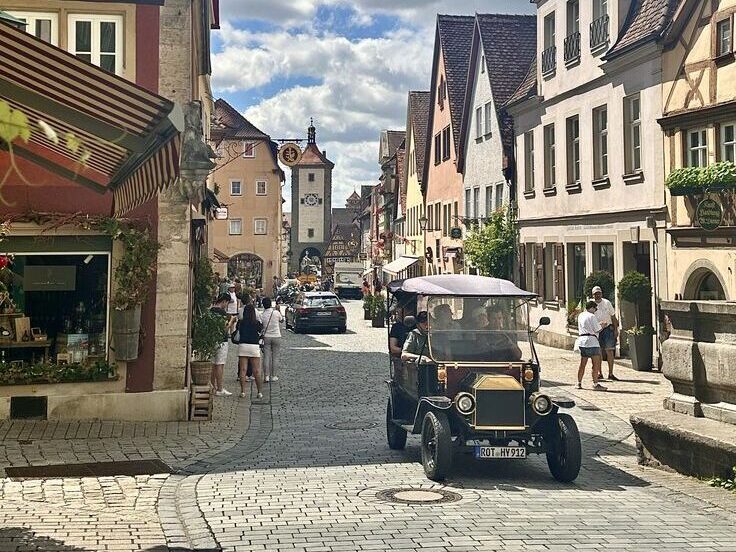
Location: Bavaria. Why Visit: Rothenburg ob der Tauber is a perfectly preserved medieval town with half-timbered houses, cobblestone streets, and fortified walls. The iconic Plönlein corner is a photographer’s dream, making it one of the most beautiful places in Germany to visit. Highlights:
- Medieval Charm: Walk the town walls or visit the Christmas Museum for year-round festive vibes.
- Festivals: The Reiterlesmarkt Christmas market adds winter magic.
- Food: Try Schneeballen (pastry balls) at local bakeries like Diller’s.
- Activities: Historical tours, shopping for cuckoo clocks, and exploring the Medieval Crime Museum.
- Cost: Daily budget: $60-$110; accommodation: $40-$90/night.
3. Dresden: Baroque Splendor on the Elbe
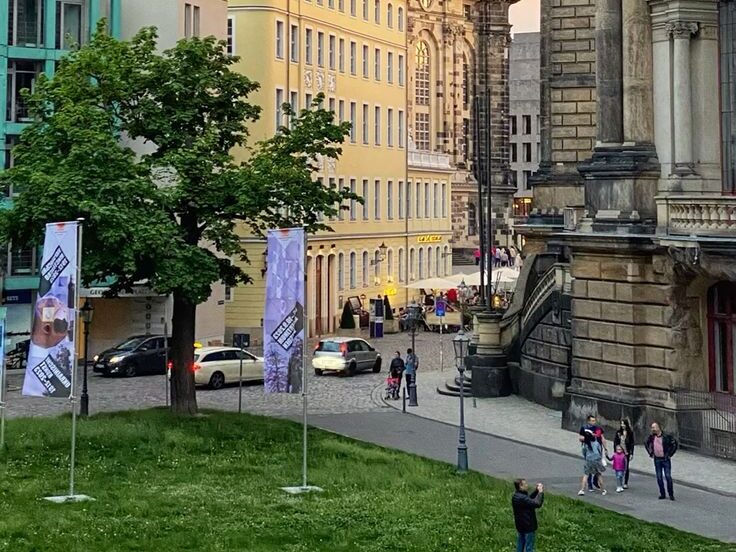
Location: Saxony. Why Visit: Known as the “Florence on the Elbe,” Dresden combines baroque architecture with a vibrant arts scene, earning its place among the most beautiful city in Germany contenders. The Frauenkirche and Semperoper opera house are architectural gems. Highlights:
- Historic Sites: Explore the Zwinger Palace and Residenzschloss.
- Elbe River: Stroll Brühl’s Terrace for scenic views.
- Christmas Markets: The Striezelmarkt, Germany’s oldest, is a December highlight.
- Activities: Museum tours, river walks, and opera performances.
- Cost: Daily budget: $70-$120; accommodation: $50-$100/night.
4. Heidelberg: Romantic Riverside Charm
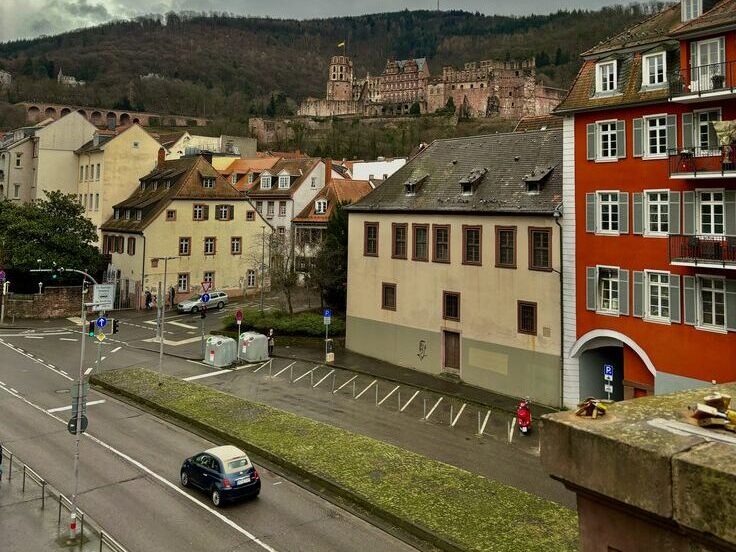
Location: Baden-Württemberg. Why Visit: Heidelberg, on the Neckar River, is a romantic gem with its castle ruins and historic university. The Heidelberg Castle and Old Town are postcard-perfect, making it a standout among most beautiful places in Germany to visit. Highlights:
- Castle Views: Explore the castle’s gardens and wine barrel exhibit.
- Philosophers’ Walk: A scenic trail with panoramic city views.
- Student Culture: Visit historic pubs like Zum Roten Ochsen.
- Activities: Castle tours, river cruises, and hiking.
- Cost: Daily budget: $70-$120; accommodation: $50-$100/night.
5. The Black Forest: Enchanted Wilderness
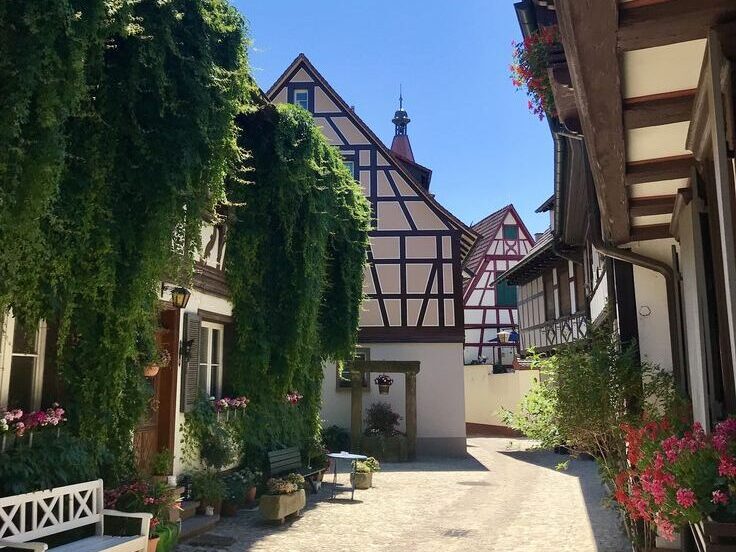
Location: Baden-Württemberg. Why Visit: The Black Forest is a magical region of dense forests, rolling hills, and charming villages, often considered the most beautiful part of Germany. Its fairy-tale landscapes inspired the Brothers Grimm. Highlights:
- Villages: Explore Triberg for waterfalls and cuckoo clocks or Baden-Baden for spa culture.
- Hiking Trails: The Westweg trail offers stunning vistas.
- Food: Try authentic Black Forest cake at Café Schäfer in Triberg.
- Activities: Hiking, skiing, and visiting local markets.
- Cost: Daily budget: $60-$110; accommodation: $40-$90/night.
6. Berchtesgaden: Alpine Paradise
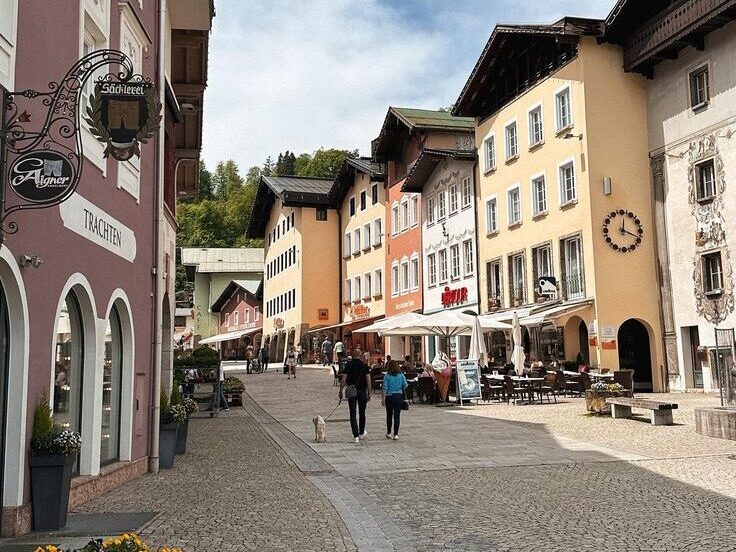
Location: Bavaria. Why Visit: Berchtesgaden, near the Austrian border, is a stunning alpine town surrounded by the Berchtesgaden Alps and Königssee, a crystal-clear lake. Its natural beauty makes it a contender for the most beautiful place in Germany. Highlights:
- Königssee: Take a boat to St. Bartholomew’s Church for breathtaking views.
- Eagle’s Nest: Visit this historic site for panoramic alpine vistas.
- National Park: Explore Berchtesgaden National Park for hiking and skiing.
- Activities: Boating, hiking, and visiting salt mines.
- Cost: Daily budget: $80-$140; accommodation: $50-$110/night.
7. Lübeck: Hanseatic Gem
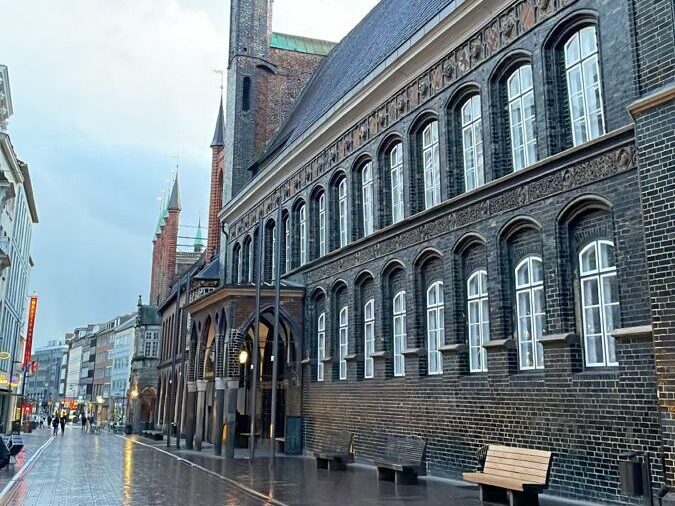
Location: Schleswig-Holstein. Why Visit: Lübeck, a UNESCO World Heritage Site, is a historic port city with red-brick Gothic architecture and charming canals. The Holstentor Gate is a symbol of its Hanseatic past. Highlights:
- Old Town: Wander cobblestone streets and visit Marienkirche.
- Marzipan: Sample Lübeck’s famous marzipan at Niederegger.
- Baltic Sea: Take a day trip to Travemünde for beach vibes.
- Activities: Historical tours, canal cruises, and exploring local cafes.
- Cost: Daily budget: $60-$110; accommodation: $40-$90/night.
8. Bamberg: UNESCO-Listed Beauty
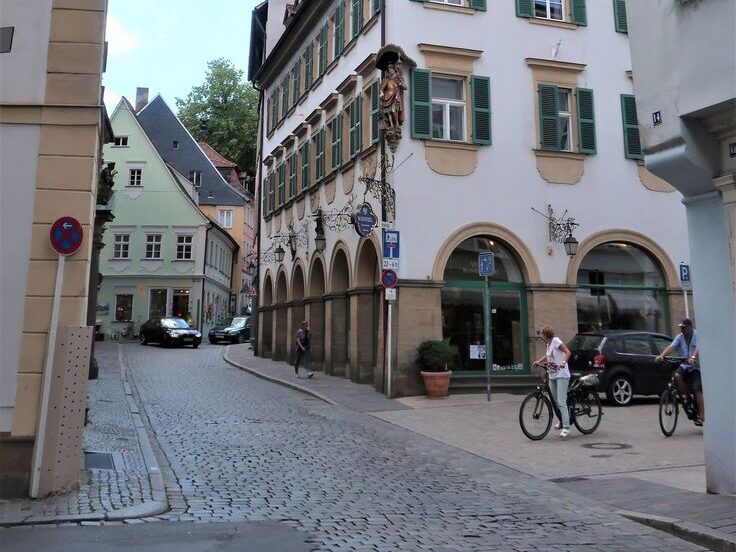
Location: Bavaria. Why Visit: Bamberg, another UNESCO site, is a charming town with half-timbered houses and a unique “Little Venice” district along the Regnitz River. Its medieval charm makes it one of the most beautiful places in Germany to visit. Highlights:
- Bamberg Cathedral: A Romanesque masterpiece with scenic views.
- Breweries: Try Rauchbier (smoked beer) at Schlenkerla.
- Old Town: Explore the Altes Rathaus, a frescoed town hall on a bridge.
- Activities: Walking tours, beer tasting, and river strolls.
- Cost: Daily budget: $60-$110; accommodation: $40-$90/night.
9. The Rhine Valley: Castles and Vineyards

Location: Rhineland-Palatinate. Why Visit: The Middle Rhine Valley, a UNESCO site, is a breathtaking stretch of river dotted with castles, vineyards, and charming towns like Bacharach and Rüdesheim. It’s a highlight of the most beautiful part of Germany. Highlights:
- Castles: Visit Marksburg Castle or Burg Eltz for medieval history.
- Wine: Sample Riesling in Rüdesheim’s wine taverns.
- Scenic Cruises: Take a Rhine River cruise for stunning views.
- Activities: River cruises, hiking the Rheinsteig trail, and wine tasting.
- Cost: Daily budget: $70-$130; accommodation: $50-$100/night.
10. Lake Constance (Bodensee): Scenic Serenity
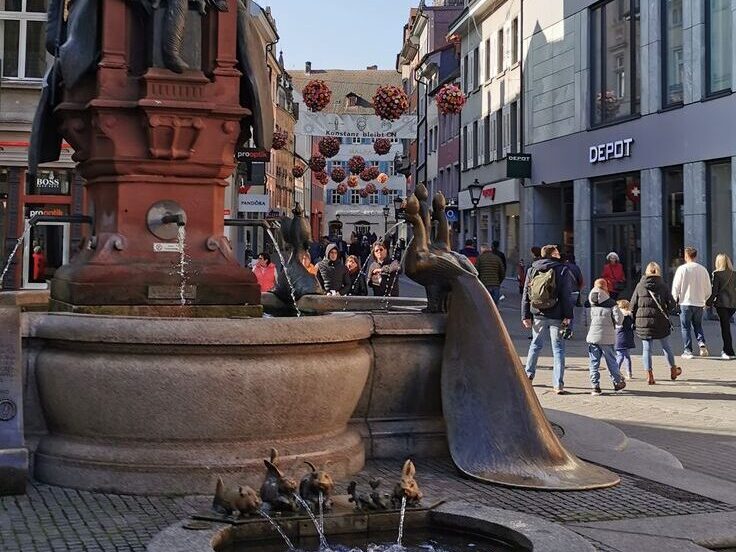
Location: Baden-Württemberg, Bavaria. Why Visit: Lake Constance, bordered by Germany, Austria, and Switzerland, is a serene destination with crystal waters, alpine views, and charming towns like Lindau and Konstanz. Highlights:
- Lindau: Explore the island town with its historic lighthouse and harbor.
- Meersburg: Visit the medieval castle and vineyards.
- Mainau Island: Known as the “Flower Island” for its gardens.
- Activities: Boating, cycling, and visiting Zeppelin Museum in Friedrichshafen.
- Cost: Daily budget: $70-$130; accommodation: $50-$100/night.
3. What Is the Most Beautiful Place in Germany?
When answering what is the most beautiful place in Germany, Neuschwanstein Castle stands out as the unrivaled gem. Located in Bavaria near Füssen, this 19th-century castle is a global icon, inspiring Disney’s Sleeping Beauty Castle and drawing millions of visitors annually. Its dramatic setting amidst the Bavarian Alps, with snow-capped peaks, lush forests, and serene lakes, creates a fairy-tale atmosphere.
- Why It’s Stunning: The castle’s turrets, towers, and opulent interiors, combined with views from the Marienbrücke bridge, make it breathtaking.
- Activities: Guided castle tours, hiking in the Allgäu Alps, and photography.
- Tips: Book tickets online via neuschwanstein.de at least two months in advance. Visit in early morning or late afternoon for fewer crowds.
- Best Time: Spring or fall for mild weather; winter for a snowy backdrop.
- Cost: Entrance: $20; nearby accommodation: $50-$110/night.
4. Most Beautiful City in Germany
The most beautiful city in Germany is Dresden, often called the “Florence on the Elbe” for its baroque architecture and scenic river setting. Rebuilt after WWII devastation, Dresden combines historic charm with vibrant cultural offerings.
Why It’s Stunning:
- The Frauenkirche, with its golden dome, and the Semperoper opera house are architectural masterpieces. The Zwinger Palace and Residenzschloss house world-class art collections. Brühl’s Terrace offers panoramic Elbe River views.
Highlights:
- Christmas Markets: The Striezelmarkt, Germany’s oldest, transforms Dresden into a festive wonderland in December.
- Cultural Scene: Attend concerts at the Semperoper or explore the Albertinum for modern art.
- Food: Try Sächsische Kartoffelsuppe (potato soup) at local restaurants like Sophienkeller.
- Activities: Museum tours, river walks, and exploring the Neustadt district’s vibrant nightlife.
- Tips: Book Frauenkirche dome tours in advance. Visit in fall for vibrant foliage or winter for markets.
- Cost: Daily budget: $70-$120; accommodation: $50-$100/night.
5. Most Beautiful Part of Germany
The most beautiful part of Germany is the Black Forest (Schwarzwald) in Baden-Württemberg. This enchanting region, with its dense forests, rolling hills, and charming villages, is a fairy-tale landscape that inspired the Brothers Grimm.
Why It’s Stunning:
- The Black Forest’s lush greenery, waterfalls (like Triberg Falls), and alpine vistas create a magical setting. Towns like Baden-Baden offer spa culture, while Freiburg blends medieval charm with sunny weather.
Highlights:
- Triberg: Home to Germany’s highest waterfall and the Black Forest Museum.
- Titisee Lake: A serene spot for boating and hiking.
- Food: Enjoy authentic Black Forest cake at Café Schäfer and Schwarzwälder Schinken (smoked ham).
- Activities: Hiking the Westweg trail, skiing in winter, and visiting cuckoo clock workshops.
- Tips: Rent a car for flexibility in exploring remote villages. Visit in spring for wildflowers or winter for snow-dusted landscapes.
- Cost: Daily budget: $60-$110; accommodation: $40-$90/night.
6. Planning Your Move to a Safe US City
Best Times to Move
- Spring (March-May): Mild weather and lower moving costs before the summer rush.
- Fall (September-November): Fewer movers and pleasant weather in most safe cities.
- Winter (December-February): Cheapest moving rates, especially in northern cities like Burlington or Juneau, but prepare for snow.
Getting Around
- Trains: Deutsche Bahn’s ICE trains connect major cities like Dresden, Berlin, and Munich efficiently. The Deutschlandticket ($53/month) offers unlimited regional travel.
- Buses: FlixBus provides budget-friendly routes to smaller towns like Rothenburg and Füssen.
- Car Rental: Ideal for exploring rural areas like the Black Forest and Rhine Valley. Use Auto Europe for competitive rates.
- Public Transit: Cities like Dresden and Heidelberg have excellent tram and bus systems.
Tips for Visiting
- Book Early: Reserve accommodations and tickets for Neuschwanstein Castle, Frauenkirche, and other popular sites 2-3 months in advance.
- Pack Smart: Bring layers for variable weather, especially in the Black Forest, and comfortable shoes for cobblestone streets.
- Learn Basic German: Phrases like “Guten Tag” (hello) and “Danke” (thank you) enhance interactions.
- Check Events: Visit germany.travel for festival schedules, including Christmas markets and regional events.
- Budget Wisely: Expect daily costs of $60-$150, with affordable dining options like street food (currywurst, döner) and bakeries.
Cultural Tips
- Respect Traditions: Observe local customs, especially during Christmas markets or regional festivals.
- Tipping: Round up the bill or add 5-10% in restaurants and cafes.
- Sustainability: Use reusable water bottles and public transport to reduce your environmental impact.
Discover Germany’s Stunning Beauty
Germany’s breathtaking destinations make it a must-visit. The most beautiful places in Germany to visit, from Neuschwanstein Castle’s fairy-tale splendor to Rothenburg ob der Tauber’s medieval charm, offer unforgettable experiences. Dresden, the most beautiful city in Germany, captivates with its baroque architecture and festive markets, while the Black Forest, the most beautiful part of Germany, enchants with its lush landscapes and storybook villages.
Whether you’re seeking the answer to what is the most beautiful place in Germany or exploring great places to visit in Germany like Lübeck and the Rhine Valley, this guide highlights the country’s diverse beauty.
Planning Tips
- Book Early: Secure flights, accommodations, and attraction tickets well in advance, especially for Neuschwanstein and Christmas markets.
- Travel Off-Peak: Spring or fall for milder weather and fewer crowds; winter for festive vibes.
- Use Public Transport: Germany’s trains and buses make travel seamless and affordable.
- Savor the Cuisine: Indulge in regional specialties like Black Forest cake, Rauchbier in Bamberg, and Riesling in the Rhine Valley.
- Stay Informed: Check germany.travel or local tourism sites for updates on events and attractions.
Start planning your German adventure today and immerse yourself in the magic of Deutschland. Where will your journey take you to?